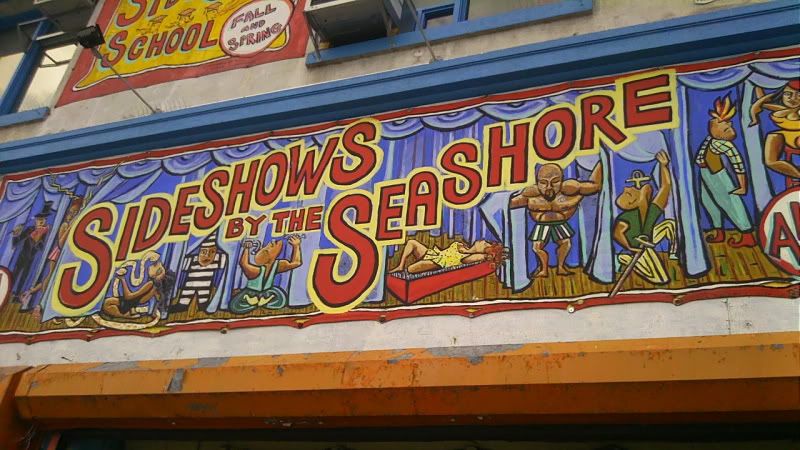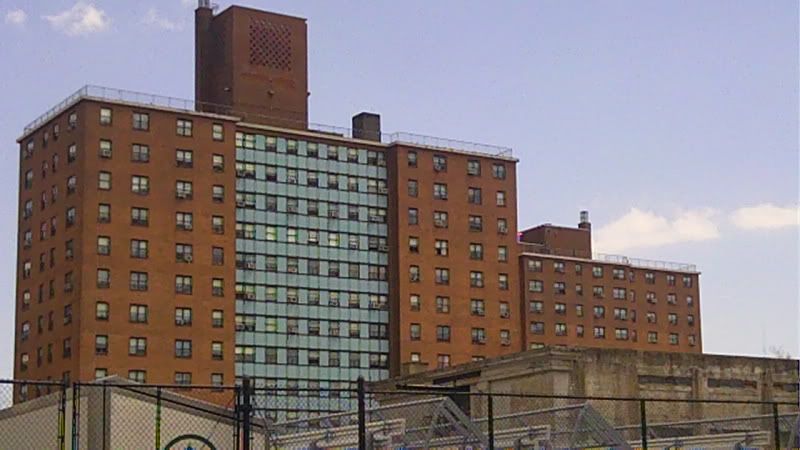The neighborhood of Coney Island has gone through many changes throughout its history, like most areas New York. However, unlike other neighborhoods that have changed gradually overtime and more “naturally” with demographic shifts and influxes of new ethnic groups, Coney Island’s changes have been more forced. Coney Island has been a valuable commodity for the City for many years. Its beaches have been a destination for city-dwellers and tourists alike, and because of this, attempts at development have been near constant.
IN THE BEGINNING
Coney Island was explored by the famed Henry Hudson in the 17th century. Two hundred years later, it would already begin to resemble Coney Island as it is today. Because of its proximity to Manhattan, it was far enough away (yet still close) for many to consider it a sanctuary from the hustle and bustle of the city. The resort built on the land was extremely popular in the early 19th century and was reachable by rail when Andrew Culver built the Coney Island and Prospect Park Railroad in 1875. Now, the area became accessible for Day-trippers, instead of those seeking long-term vacations.

The famous Elephant Hotel, built in 1892
This modernization completely changed the island. The first carousel was built by a Danish wood-carver in 1876 and many other rides and attractions of intricate designs and quality followed It’s fast developing park area became famous worldwide and the Coney Island Elephant was the first landmark immigrants coming to New York would see (though never as famous as the statue of liberty). With the rides and attractions came several luxury hotels including the Manhattan and Brighton Beach Hotels. Although the neighborhood of Coney Island was not densely populated, during the summer, you’d never know from the masses of city dwellers that flocked to get out of Manhattan and the crowded boroughs. Powerful politicians like Boss Tweed summered in the area which attracted both the rich and crime. Also, and perhaps more importantly, a place of fun like Coney Island was essential to the poor immigrants, who normally lived in overcrowded tenements, and needed a release. Imagine the stress of a demanding job and family to support without any kind of respite or outlet. Coney Island provided a means for all people to escape for a short time, which was essential for easing tensions between all the widely diverse ethnic groups who spent the majority of their time densely packed in a hot city during the summer months.
THE GOLDEN YEARS
During the late 1800’s and early 1900’s, the area enjoyed a time of stability. The multiple parks flourished as well as the area around it. However, locals often suffered from the popularity of the park. Local businesses were sacrificed for the greater good of the amusement park when 175 businesses were raised to widen the streets.The parks(including Luna, Steeplechase, and Dreamland) were often unsafe and burned down during the first few decades of the 20th century. After the fires, the parks were rebuilt with cheap but fireproof steel.
The period of boom was not long lived, however, as the Great Depression caused an economic shift and Coney Island struggled to stay afloat. It became a “nickel empire” of cheap thrills and sideshow attractions that matched the price of the subway ride it took to get there. Though many protested the new tawdry face of the area for moral reasons, it was still a hot spot for the many faces of the city. It remained an area where people of diverse backgrounds and ethnicity could afford to go and have a good time. This was essential in immigrant families that worked hard all week for little pay and needed a place to unwind. Even if Coney Island’s residential area has always been small, it resembles the larger New York Area for it’s daily influx of new and different people- more of a melting pot than the City would ever be.
It remained an area where people of diverse backgrounds and ethnicity could afford to go and have a good time. This was essential in immigrant families that worked hard all week for little pay and needed a place to unwind. Even if Coney Island’s residential area has always been small, it resembles the larger New York Area for it’s daily influx of new and different people- more of a melting pot than the City would ever be.
FORCES OF CHANGE
Since the mid 20th century, when the last park shut down on Coney Island (Steeplechase shut down in the 60’s), the community’s future has been unknown. Although the amusement park has maintained itself and has been revitalized after the reopening of Luna Park in 2010, the surrounding area has struggled. Coney Island is densely populated, with about 50,000 residents occupying several tall public housing apartments on the west end. Much of the land lies unused and vacant because it was purchased by Thor Equities, LLC, an Urban Development Group. It’s CEO, Joseph Sitt plans to turn the area into a small Atlantic City-like destination with condominiums and hotels.
Combating the plans of Thor Equities is Coney were many New York City groups like the Coney Island Development Corporation and Mayor Bloomberg, who wanted to keep Coney Island affordable. However, a break through in the stalemate happened in 2010 when Thor sold 96million dollars worth of land to the city, which in turn built the new Luna Park. It is the goal of the CIDC to revitalized the area, including rezoning, housing, retail, and job opportunities for local residents.

Many signs like this one were made in prostest to the NYC deal
Some organizations are resisting both the initiatives of the CIDC and Thor Equities. Save Coney Island and the Coney Island Coalition are groups that seek to stop the reconstruction in order to preserve the historic district. Local residents continue to have mixed feelings about the planned development. It is clear that some changes need to be made to fix the decrepit buildings and lots, but any large scale construction would likely make the neighborhood too expensive for the people who currently live there.

For Further Information and Reading:
Protesters at City Hall
http://web.wm.edu/americanstudies/370/2007/sp8/history_earlyhistory.html
http://www.thorequities.com/thor-equities-news.aspx
http://brooklyn.ny1.com/content/top_stories/119375/ny1-exclusive–developer-outlines-vision-for-coney-island
http://www.thecidc.org/Index.html
http://www.saveconeyisland.net/?page_id=642

